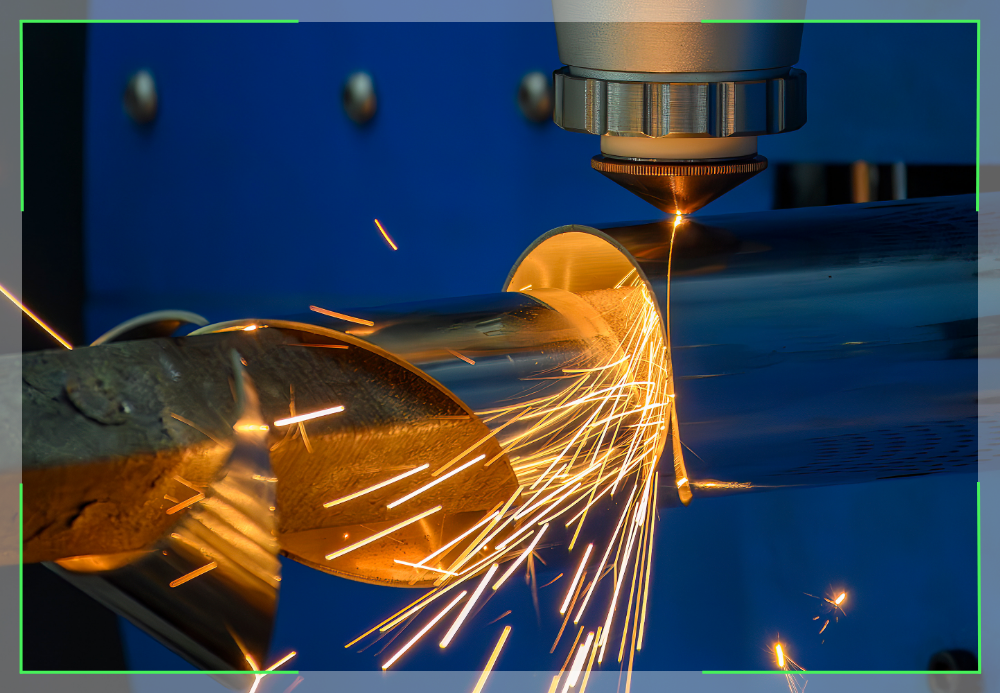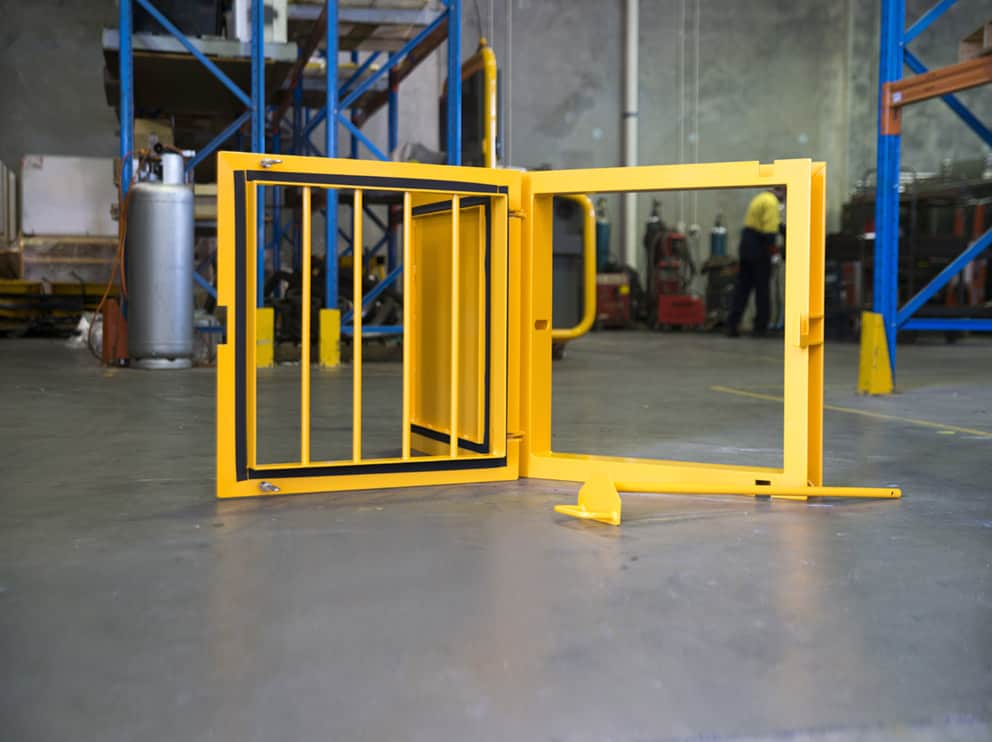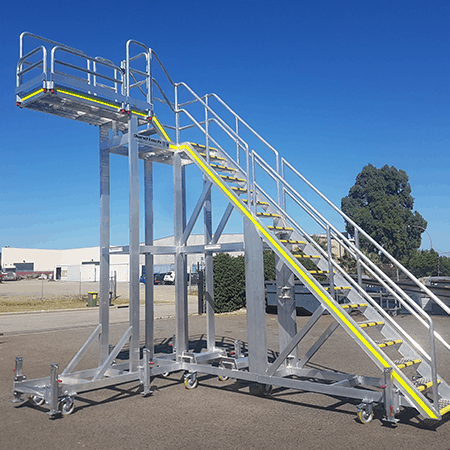Few industries have seen more extraordinary advancements and pioneering methodologies than construction in the last century. Since the first laser cutter prototype was invented to dig diamond mines in the 1960s, its impact on many walks of life has been profound. Still, it could be said to have genuinely revolutionised certain aspects of construction. This article dives into the world of modern tube laser cutting and examines how it has shaped the industry and how its influence shows no signs of abating.
What is tube lasering?
Tube lasering is a form of laser cutting in which an intense laser beam of light is directed onto any surface to be cut via various methods, including lenses and other optical devices. The aim is to facilitate precise, highly accurate cuts by vaporising the materials, leaving a clean edge. A preliminary piercing is typically made to ease the process, and depending on the type of tube laser cutter used, there are very few limits to what can be cut or etched.
A wide range of applications
Laser cutting has become the prevalent technology in almost all industrial endeavours and manufacturing processes. It is not limited to large-scale operations and can be used effectively by amateur fabricators and even in schools.
Tube laser cutting vs traditional cutting methods
Compared with traditional methods of cutting construction materials, it’s hard to find any common ground to base those comparisons. Lasers changed how the entire design, manufacturing, and construction industries function, forever eliminating the need for laborious, back-breaking work. Some traditional practices still favour hand-held tools and good old-fashioned elbow grease for authenticity, but that ship has long since sailed in the fast-moving world of industrial construction.
Applications of tube laser cutting in the construction industry
A tube laser cutter is primarily used in the construction industry to shape and cut pipes and tubes that form part of the structure and its internal components. The unrivalled accuracy of laser cuts enables them to produce joined parts with tight tolerances, increasing load efficiencies and reducing the risk of leaks in plumbing. When welding is required, the precise cuts provided by a tube laser improve the overall quality of the joint and aid structural integrity.
Fabricating structural steel
The precision with which structural beams and columns are cut is critical to the safety and integrity of any construction project. For accurate assembly and the provision of perfect cuts to be welded, tube laser cutters are peerless at achieving the necessary standard. The ability to recreate those cuts is also of enormous import, as consistency and uniformity are critical in so many areas of construction.
Enhanced, accurate architectural designs
Tube lasering machines have made it possible to create more intricate architectural and decorative designs, giving architects greater scope for radical ideas and aesthetic choices. No longer restricted by the limitations of traditional cutting methods, the advent of tube laser cutting and etching saw a rebirth of architectural innovation and excellence.
Plumbing and heating, ventilation, and air-conditioning (HVAC)
Few industries or trades require greater precision than those involving the control of running water. The precision cuts a tube laser machine provides are perfect for creating plumbing pipes and HVAC components. They reduce the amount of waste produced and are peerless at ensuring a tight fit between components, the best way to restrict the unwanted water flow.
Applications of tube laser cutters in alternative industries
Some of the applications and industries where tube lasering is highly prized and used to significant effect include:
- Vehicle manufacturing
The automotive industry places vast demands on tube laser cutting technology, which is used extensively in almost all aspects of vehicle manufacturing. From accurate, infinitely reproducible cuts on sheet metal panels and other components to etching leather on high-end seats and more, the applications of lasers are limitless. They create uniformity and increased efficiency that are highly prized. Tube lasering excels here because it allows for rapid production with minimal variation.
- Technology and electronics
Although we might not instinctively think about the importance of precise metal and other material cutting in an industry besieged by manipulating indescribably tiny components, this is a mistake. The heat sinks, housings, brackets, and casings that hold all that wizardry in place must be uniform and repeatable. Not only does tube laser technology guarantee precision and clean cuts, but quality control costs are driven down as the results are always the same.
- Furniture manufacturing
Precision rotary laser cutting is perfect for furniture makers. It enables the design and creation of unique pieces, allowing custom-built furniture tailored to buyers’ specifications.
- Foodservice
The need for premium-quality stainless steel products is vital in commercial kitchens of all kinds. Equipment manufacturers have embraced tube-lasering machines as the perfect tool to create impeccable products and appliances, ensuring pristine cuts with unerring consistency.
The advantages of tube lasering
Tube lasering has many advantages over traditional and alternative methods, including:
- Unmatched precision in cutting a wide range of materials
- Increased speed and efficiency of production
- Reduced costs as less material is lost to waste
- Time savings, allowing labourers to focus their efforts elsewhere and reduce overall construction times
- The ability to pass savings onto clients and tender competitive quotes
- The repeatable nature of any cut (especially when using CAD technology to guide the laser) means results are guaranteed to be identical repeatedly. This is of massive advantage in industries where consistency and reliability are crucial.
Flexibility and versatility
Many materials used constantly in construction can be cut and processed quickly using tube laser cutting machines. These materials include a range of metals, wood, polymers, and some composites. This flexibility and ability to tackle multiple tasks rapidly with unrivalled efficiency is invaluable to the industry as a whole, reducing labour costs, eliminating mistakes, and allowing valuable time to be spent on other vital areas of the project in question.
The rise of robotics
Due to the computer-based controls many tube laser cutters employ, they are perfect for processes that can be handled robotically. Able to produce identical results indefinitely with some simple programming, these machines can be set to work and left to perform their tasks. Production rates rise, labour costs fall, and consistency is unparalleled.
Increasing security and reducing risks
Traditional cutting methods often include fast-moving blades that are inherently dangerous. They also create flying debris, toxic smoke, and searing embers that pose a significant operator hazard. When tube laser cutters are introduced, these hazards are almost entirely eliminated. No contact is required from the operator, and the equipment has built-in devices that handle and remove debris and fumes produced during cutting.
Sustainable practices
Laser cutting typically consumes less energy than traditional powered cutting methods and produces less waste. No toxic coolants or volatile chemicals are required, which is a great benefit in an industry held to stringent environmental standards and responsible practices.
The challenges and limitations of tube laser cutting machines
Although the long-term running costs and associated savings of tube laser cutters make them the only natural choice in a modern construction capacity, they do have some challenges and limitations, including:
- The initial cost of purchasing the machine
- Ongoing maintenance and servicing costs
- Only trained, skilled operators can use the machines effectively and safely
- Cutting thick or highly reflective materials is difficult and ineffective using a standard tube laser cutter
The differences between tube laser cutting technologies
The most common types of tube lasering machines are as follows:
Fibre laser tube cutters
Fibre laser cutters work by generating a powerful beam of light roughly 10% of the diameter of a single human hair. This beam is focussed onto the surface to be cut and is so hot that it vaporises the material around it. High-pressure gas blows the unwanted material away to keep the system clear of debris and functioning perfectly. Fibre laser cutters have some impressive attributes, namely:
- Superb reliability.
- Negligible maintenance requirements.
- The ability to cut through a range of materials, including carbon steel and all manner of metal pipes.
- High precision and efficiency in the cut. This makes them especially good at creating intricate patterns and designs.
- The capability of cutting thicker pieces of material, something lesser laser cutters cannot replicate.
CO2 laser cutting machines
Modern CO2 laser cutters produce a laser beam by passing high-voltage electricity through a sealed glass tube. The tube is filled with a specific gas mixture mainly consisting of carbon dioxide (CO2). As the particles are agitated by the electricity, they increase energy and generate intense light. This light is focused using a lens to intensify it further and offer more precision.
CO2 lasers can be used for engraving, etching, and cutting thin metals, but they are more commonly used for working with non-metallic materials like:
- Plastic
- Wood
- Leather
- Acrylic
- Paper
- Fabric
Solid-state laser tube cutters
Solid-state laser tube cutters are considered a step up from their CO2 cousins, offering greater productivity and versatility. They work by directing a high-powered laser beam at the object that needs to be cut. The requisite materials are fed through a chuck with the laser positioned above for cutting. The chuck can be manipulated and rotated to facilitate more complex cuts. Some other advantages of solid-state tube lasers include:
- The ability to angle the cutting head and create bevelled edges (up to 45 degrees).
- Suitability for cutting various materials of differing shapes, sizes, and thicknesses.
- Extreme accuracy and precision
- High productivity and time-saving.
Choosing the best tube lasering machine for your needs
From large-scale industrial processes right down to the requirements of hobbyists and amateur DIY aficionados, a tube lasering machine is an essential tool that opens a realm of possibilities traditional methods simply cannot match. Some factors to consider when choosing the appropriate tube lasering machine for your purposes include:
- The applications it will be used for
- Materials it needs to cut
- Power rating
- Machine footprint
- Software requirements
- Budget
Spend some time analysing your cutting demands and speak to the experts at Bend-tech if you need any guidance. Making the right decision should be relatively straightforward if you have a clear vision and set of requirements, but we’re standing by to assist if you have any questions or need clarification.
Conclusion:
The transformative impact of tube lasering on the construction industry is impossible to ignore and represents one of the most seismic shifts the sector will likely ever see. Any construction professionals and companies that have yet to avail themselves of this game-changing technology would be well advised to do so as soon as possible. Whether it is individuals improving their career prospects by training in the safe, effective use of tube lasers or companies that need to facilitate peak performance and results, the choice is clear.
Contact Us
If you would like to discuss tube laser cutting machines or any other products and services we provide at Bend-tech, please do not hesitate to contact us today. Our trained, experienced representatives will gladly provide all the technical information and specifications you need, as well as any required advice and guidance.







About The Author: Highjumpdev
More posts by Highjumpdev